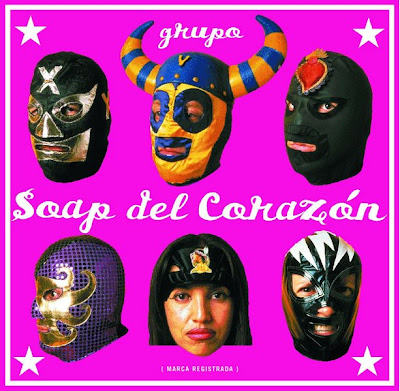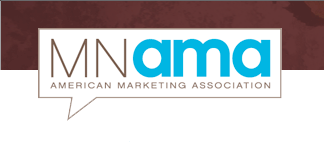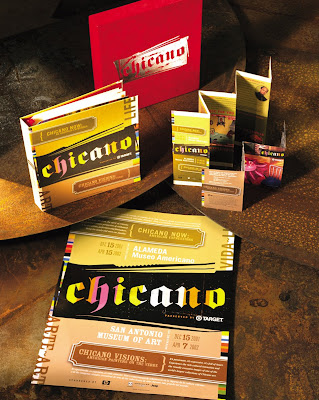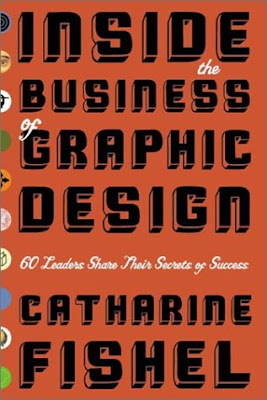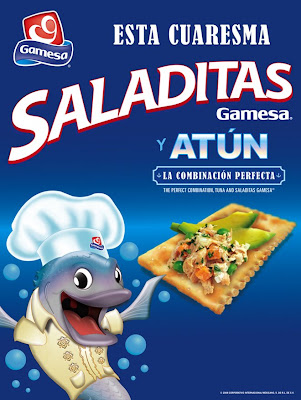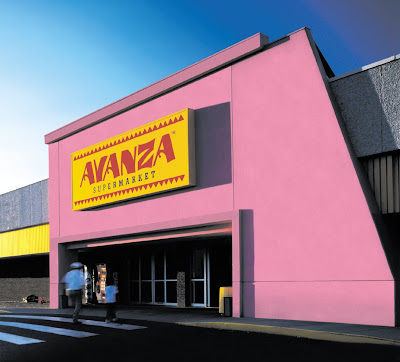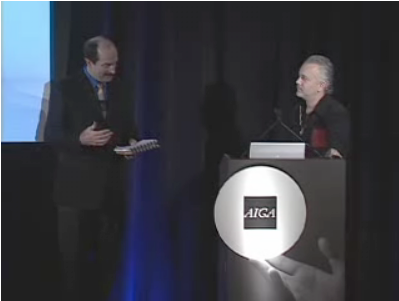Step Inside Design Magazine Interview
What brings a man born and raised in the hot, hard, chaotic, and lawless streets of Tijuana to a city such as Minneapolis, so opposite in character? What makes him stay? What persuades him to leave once he’s well established and comfortable?
January/February 2006
INTERVIEWS/PROFILES
UNO MINNEAPOLIS FROZEN OR ON THE ROCKS?
by Matthew PorterWhat brings a man born and raised in the hot, hard, chaotic, and lawless streets of Tijuana to a city such as Minneapolis, so opposite in character? What makes him stay? What persuades him to leave once he’s well established and comfortable? Opportunity, hard work, and homesickness are the short answers to these questions. For Luis Fitch, now 40, the answers also involve his peripatetic nature —his genetic makeup—born to a woman with no place to go, an iron will, and an instinct for survival.
STREET LESSONS
Born in 1965, Fitch grew up poor in Tijuana. His mother, Maria, of Spanish and Saudi parents, arrived there at the age of 16, pregnant, alone, and with no clear place to go. She gave birth to her son, Luis, and began to build a life for herself—the hard way. As the years passed, she did not speak of the how’s and why’s of the predicament she found herself in at that time; she merely accepted it as fact and moved forward.
“My mother never acted as though being so young and having a child was either a hardship or something to be ashamed of,” Fitch recalls. “She was happy and hardworking and she knew how to make a buck. She’d drive across the border to thrift stores to buy fine clothing discarded by rich ladies; she’d buy used jewelry and watches, too. She then sold these things from the hood of her car at weekend markets, me at her side, helping artfully present the goods and make the pitch.”
The young mother led by example, instilling in her son the value of hard work, self-respect, and perseverance. Although poor, she exposed her son to culture and knowledge, taking Luis to public galleries, zoos, museums, and libraries as often as possible. Once a month, they’d travel to San Diego’s Balboa Park to see the museums and the zoo. “If there was a fee and we could not afford to go in, we went to the book stores so we could be as close as possible,” recalls Fitch. Thus, his interest in art and culture grew, and he became a keen observer of the customs, traditions, and crazy paella that was (and is) Tijuana.
Yet, what made Tijuana a rich stew also made it dangerous: outlaws and nomads. As her son grew into his teens, Maria was determined to keep him out of the drug and gang culture that consumed many of its young. She continued to work hard and raise Luis and eventually married Alfredo Larin, an architect whose work was widely respected but who was recovering from a devastating divorce that left him virtually penniless.
LOGOS FOR DRUG LORDS
“I didn’t avoid the drug world, but I got through it,” Fitch says. Like many kids in the border town, the young teenager hung with a crowd that lived on the edge. They weren’t that good—but they weren’t that bad, either. They were all in training, looking up to some notorious older kids as role models. “You have to understand that in our community the ‘successful’ guys made money through drugs. They drove big, fancy cars and opened nightclubs. For a while, I thought I was going to be a drug lord. Looking back, I’m lucky to have gotten through it,” he pauses, “because many of my old friends from those days are now dead from AIDS, drugs, or outlaw violence.”
Fitch’s artistic interests kept him from falling through the cracks. He entered a polytechnic school, Escuela Secundaria Técnica Numero 1, that channeled kids with a demonstrated aptitude into focused disciplines. One channel was technical drawing, a skill young Fitch thought might lead to architecture. At the school, he also learned English, enhanced by his love of FM XTRA 91X, an alternative rock station broadcast out of San Diego with a tower in Tijuana.
Fitch began working at his stepfather’s architecture office doing odd jobs, cleaning up, mounting presentations, and helping out with building models. It was good exposure to the applied arts, and he liked it. He also enjoyed thumbing through the many architectural and design magazines about the Larin office. He recalls, “It was like, ‘I can make money doing this stuff? Cool.’” Thus the graphic design career of Luis Fitch began: doing logos for clubs owned by young drug lords. Better than flipping burgers.
THE ART CENTER PASSPORT
At the age of 18, Fitch moved with his mom and stepfather to San Diego (Maria Larin is a U.S. citizen, born in New York City). He entered the New School of Architecture there, studying drafting and working on his English. He says his English was “awful,” so he entered San Diego City College for general studies, including English, graphic design, and core class work. He spent a lot of time at the city’s public libraries or those on campus, absorbing all he could about art, architecture, design, and popular culture.
Charles Lagreca, dean of Graphic Communication at City College at that time, was a graduate of Art Center. He frequently invited fellow Art Center alum in to talk and teach. One day, Fitch learned from Lagreca that Milton Glaser was going to Art Center to speak and show his posters. Fitch went. “I was so inspired by Glaser, all I could do afterward was think about how I could get into Art Center. But it was expensive, and it seemed far out of my reach,” he recalls.
He found a way. Fitch built a portfolio and talked his way in. At the age of 23, Art Center granted him an eight-term scholarship with full tuition and fees. Supplies and living expenses were up to him. So, against school policy, Fitch skirted the rules, designing for some old friends in Tijuana and working a few odd jobs he could find among contacts in San Diego.
Fitch graduated from Art Center at age 25 with job offers from Walt Disney, Landor & Associates, and Fitch, Inc. (no relation). He went with Fitch. It was a wise choice.
THE HISPANIC STATES OF AMERICA
Located in Columbus, Ohio, Fitch, Inc. offered Luis Fitch something others could not: multidisciplinary assignments (environmental and graphic) and cross-cultural design for clients here and in Mexico. Luis distinguished himself with talent and savvy and soon became a vocal proponent of cross-cultural communication. His client work included Disney Vacation Club, Haggar Apparel, and Supermercados Aurrera, one of Mexico’s leaders in the “hypermarket” category. He learned at Fitch of the huge demand for experts who could translate Mexican consumer demands into English and North American retail concepts. Luis decided to become that expert, drawing deeply and borrowing liberally from the many Hispanic cultural influences he knew from both Tijuana and Southern California.
“Tijuana is a melting pot of Mexican, Central American, and South American cultures. It has always been the ‘door’ to the United States, where people from all over came to join the line for a chance to come to the States. There are Chileans, Salvadorans, Peruvians, Colombians, Brazilians, Ecuadorians, Nicaraguans, varieties of indigenous Mexicans—you name it—living there, bringing their music, food, holidays, and traditions into the scene,” Luis says. “It was a rich environment that colored my life. What I bring to the table in terms of design today are those colors. They help set me apart.”
He left Fitch, Inc. in Columbus to join a friend in Miami. They opened SHD, Strategic Hispanic Design. Fitch offered an explanation: “We were young. He had his issues; I had mine. But one thing I learned the hard way was the ‘Latin’ culture and voice is too complex to assign to all ‘Latin’ people. What the hell do Miami Cubans want with a Mexican-styled logo?”
While in Miami, Fitch and his partner won an important account: MTV Latino, a comprehensive contract from corporate identity to marketing materials. Fitch worked hard but his partner grew distracted. A break occurred. Afterwards, Fitch won national recognition for the MTV work and headhunters began calling. A division of an ad agency in Minneapolis named “Fame” hired Fitch in 1995.
From noisy, steamy, Latin Miami, Fitch went to discreet, chilly, Lutheran Minneapolis. Design-savvy and coolish Minneapolis suited Fitch and wife Carolina nicely from the beginning. At Fame, he became familiar with the numerous multinationals in the city, including Target, Pillsbury, and General Mills, each with a keen interest in reaching the city’s growing Hispanic market. But after one year, in 1996, Fitch joined John Ryan Company, a leading financial retail marketing firm. There he remained until 1999, whereupon he and Carolina, with $10,000, opened Uno to begin “branding for the new majority.”
THE FULL FITCH PITCH
In the years since, Fitch and his team of four, five, or six—depending upon the economy—have produced some terrific, ethnically distinct work. In fact, there is little in the portfolio that does not look Hispanic. A master pitchman since his days selling clothes and watches off the hood of a car, Fitch perfected his pitch, “branding for the new majority.”
Fitch freely admits that the tagline, promise, business model, mantra—whatever you wish to call it—is a measure of both fact and hyperbole, packaged inside design vocabulary deliberately and deceptively made to look unschooled, unsophisticated, and uncomplicated. It is anything but. Says Fitch, “I didn’t want a slick portfolio like everybody else. Sleek and clean is not the way most Hispanics see the world, except maybe in places like Mexico City. So I made it look bad, on purpose.”
Uno’s bad is very good. It resonates with the target market and, therefore, appeals to Fitch’s clients. Credit for this look also belongs to illustrator Anthony Russo, who, along with Fitch, is responsible for much of the company’s hand-drawn, illustrationdriven design.
What is instructive about Fitch is that he practices what he preaches. It is rare to find a design company of its size (five, today, including husband and wife) that spends as much time and money on self-promotion. When Fitch calls upon you, his arms are loaded: reprints of numerous articles testifying to Uno’s savvy and success, posters, compendiums, postcards, small brochures. It is impressive, both in terms of quantity and in terms of beauty and substance as well.
Fitch has sliced, diced, and julienned the area’s Hispanic demographics so often that he can recite population density figures, income figures, English language skill figures, and acculturation percentages, and cross reference them with other U.S. Hispanic communities in an instant. He can break down communities by national descent, and recite for you the particular vocabulary, music, food, holiday, dress and sports habits, and preferences of each. In short, Fitch knows the Minneapolis Hispanic community as well as anyone.
As for the growth and strength of Minneapolis’ Hispanic community, no one has promoted it more than Fitch. Uno regularly donates creative skills, while Fitch promotes the Hispanic District as though he were President of the Chamber of Commerce. Uno even began on the second floor right in the middle of the district’s heart and soul—the loud and bustling Mercado Central on Lake Street.
The Minneapolis Hispanic community has been good to Fitch, and Fitch has been good for it. Now he wants to take his leave.
ADIOS AMIGOS?
“I miss my culture,” Fitch says, with a note of weariness and regret. “I have been here 10 years, and I have loved it. But 7 months a year, 10 years in a row, where temperatures remain below 10 degrees Celsius? That’s not normal for me.”
Fitch also misses the wider variety of Hispanic culture found in other American cities, adding, “I miss a place where Mexican people are not so much a ‘part’ of the community as they are a driving force within the community. I want our child to experience that.” That leaves Fitch in the “partially acculturated” category of his own demographic research. He never went fully acculturated, or North American. He sold the idea of cross-cultural marketing, he touted the value of una comunidad, and he preached the gospel of building and growing the Minneapolis Hispanic market. But he never fully bought into all of it—and never will. He feels the need to go somewhere else. And who can blame him?
Today, he is reaching out to contacts in cities such as Miami, Houston, Dallas, Los Angeles, and Denver in search of options and collaborations. But he and his wife know that in leaving what they have built they are taking a risk. In Minneapolis, Fitch has been successful because he is unique among others. The obvious question for Fitch is this: In mainstream, Lutheran, progressive Minneapolis, what happens when Luis Fitch is not one of the few, richly talented, Mexican/Hispanic designers in town?
“I don’t know,” he admits. “But I guess I’m going to find out. I have to find out. Because the decision is out of my hands.” Leaving behind all that you know takes courage. Leaving behind all that you have established takes self-confidence. And a mother like Maria, who left everything behind at the age of 16 to birth a son and raise him in the streets of Tijuana, is the kind of woman who can teach you that you can do it. The rest is up to you. Adios from Minneapolis, Mr. Fitch. And buena suerte (good luck) wherever you land.



+logo.jpg)



